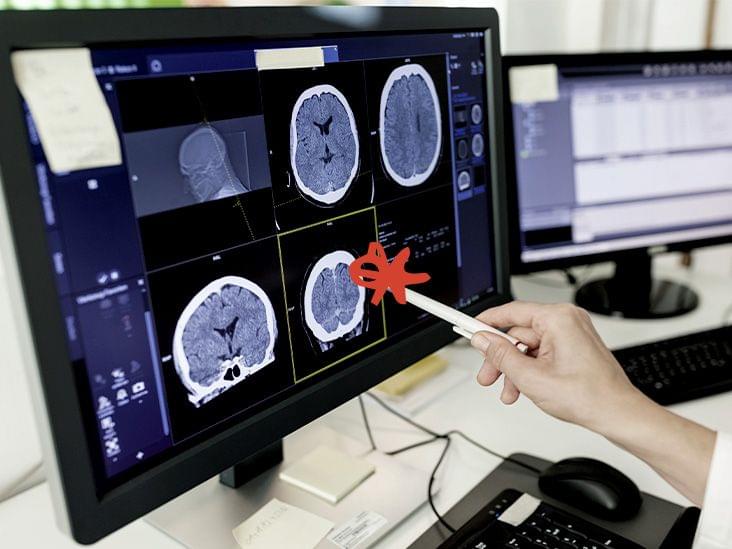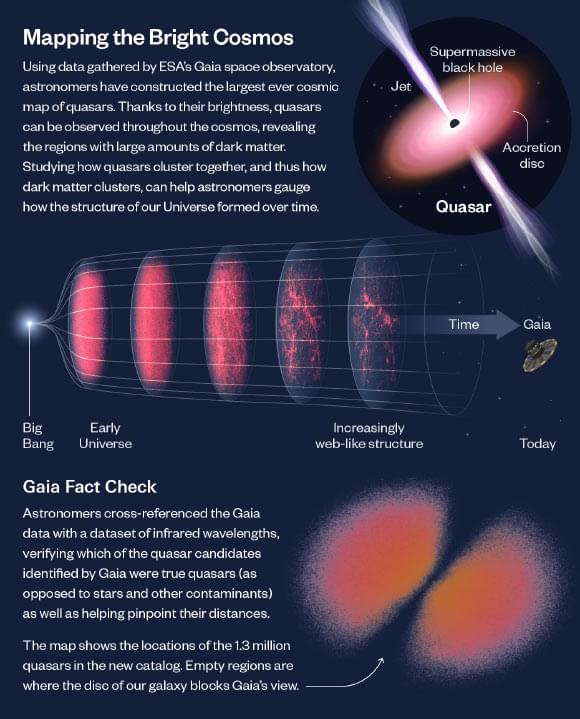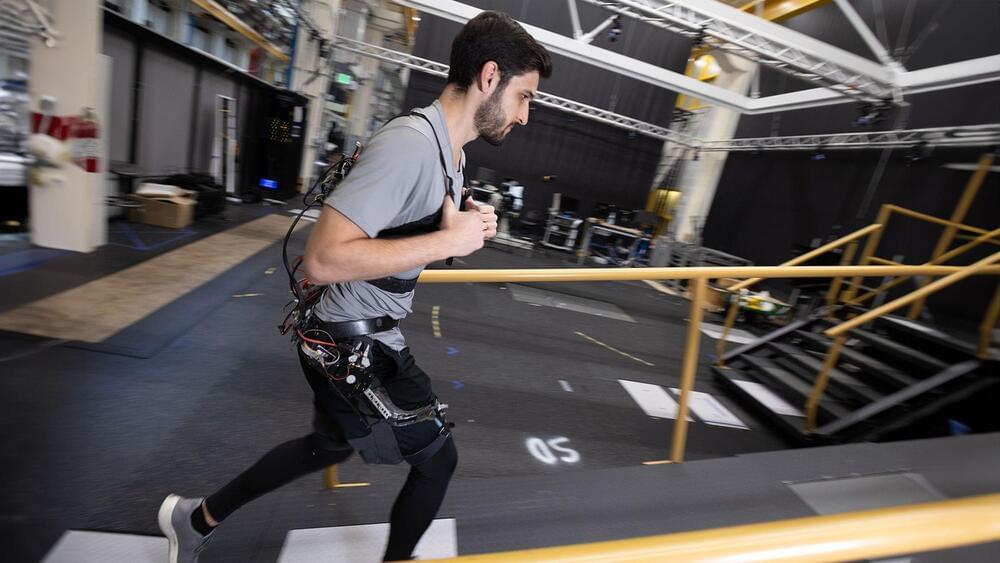Researchers report that lipid droplets in brain cells may be a more significant factor in the development of Alzheimer’s disease than previously thought.



Human brains preserve in diverse environments for at least 12 000 years—new research in Proceedings B this week: https://royalsocietypublishing.org/doi/10.1098/rspb.2023.
Soft tissue preservation in the geological record is relatively rare, and when an archaeologist digs a human skull out of the…
The brain is thought to be among the first human organs to decompose after death. The discovery of brains preserved in the archaeological record is therefore regarded as unusual. Although mechanisms such as dehydration, freezing, saponification, and tanning are known to allow for the preservation of the brain on short time scales in association with other soft tissues (≲4000 years), discoveries of older brains, especially in the absence of other soft tissues, are rare. Here, we collated an archive of more than 4,400 human brains preserved in the archaeological record across approximately 12 000 years, more than 1,300 of which constitute the only soft tissue preserved amongst otherwise skeletonized remains. We found that brains of this type persist on time scales exceeding those preserved by other means, which suggests an unknown mechanism may be responsible for preservation particular to the central nervous system. The untapped archive of preserved ancient brains represents an opportunity for bioarchaeological studies of human evolution, health and disease.
Since the mid-17th century, more than 4,400 human brains have been unearthed from the last 12 000 years of the archaeological record, over 1,300 of which are preserved among otherwise skeletonized remains. Despite this volume of finds, the perception remains that preserved brains represent ‘unique’ or ‘extremely rare’ discoveries [1]. Human soft tissues are understood to persist through time by well-characterized mechanisms of preservation such as dehydration, freezing and tanning, brought about by anthropogenic (i.e. the result of deliberate human intervention) or naturally occurring factors. Thus, it is not surprising that the brain endures alongside other internal organs where there is extensive soft tissue preservation.


Researched and Written by Leila BattisonNarrated and Edited by David KellyArt by Khail KupskyThumbnail Art and Art by Ettore MazzaIf you like our videos, che…

Serina Jain, who is a student at San Francisco University High School, said in a statement, “This experience further propelled my fascination with the subject of astronomy, specifically in regard to exoplanetary science.”
How can high school contribute to finding exoplanets? The answer is easy and effective, as a recent study published in The Astronomical Journal announced the confirmation of exoplanet TIC 139,270,665 b with the help of an enthusiastic group of high school students who are part of the Unistellar Citizen Science Network, which is a worldwide collaboration of citizen astronomers. This discovery holds the potential to not only improve the hunt for exoplanets, but also improve the chances of citizen scientists using public data to contribute to finding exoplanets, as well.
The confirmation of TIC 139,270,665 b, which is located approximately 483 light-years from Earth, was made through a collaboration between SETI Institute Affiliate, Dr. Dan Peluso, and Chabot Space & Science Center’s Galaxy Explorer program, the latter of which consists of high school students. TIC 139,270,665 b was initially found using NASA’s Transiting Exoplanet Survey Satellite (TESS), where it measured one transit in front of its parent star.
However, the science team wanted to measure a second transit and utilized the Unistellar Citizen Science Network, which is a worldwide collaboration of citizen astronomers, for which the SETI Institute and Galaxy Explorer program are both members. Using Unistellar eVscopes, the Galaxy Explorer program successfully measured a second transit of TIC 139,270,665 b, determining its orbital period is approximately 1,010 days with a minimum mass just under five masses of Jupiter. The study notes how this discovery could open doors for future contributions by citizen scientists regarding exoplanet science.
CNBC’s Steve Kovach joins ‘Halftime Report’ to discuss the latest news on Microsoft’s new AI PC launch.

In a world’s first, surgeons at the Massachusetts General Hospital in Boston have transplanted a kidney from a gene-hacked pig into a living 62-year-old man.
Researchers are hoping the procedure could reduce our reliance on both hard-to-come-by human donor kidneys, and the expensive dialysis machines that treat kidney disease and failure.
Fortunately, the surgeons’ efforts appear to have paid off — at least for now. The pig kidney started producing urine not long after the surgery last weekend, the New York Times reports. The patient’s condition also continues to improve, according to the report.


This robot is equipped with AI-backed deep learning algorithms to autonomously manage assisting users with underlying physiological conditions.
The robot illustrated seamless functioning that supports users in walking, standing, and climbing stairs or ramps. Scientists call it, a “unified control framework.”